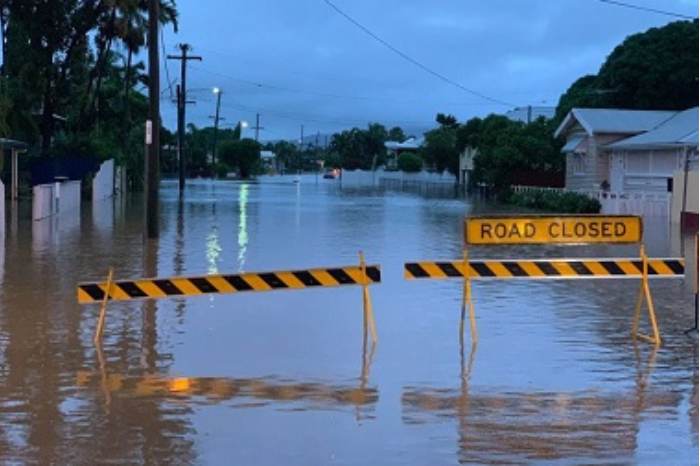Flooding returns to eastern Australia, with Sydney affected

Parts of eastern Australia are flooding again after an East coast low brought torrential rains and strong winds, with parts of Sydney particularly affected, with households evacuated and flood warnings in place.
Meteorologists from Australia’s Bureau of Meteorology are warning that river levels could continue to rise into the beginning of the coming week, potentially exacerbating the flood related damage being experienced with this latest spell of bad weather to affect eastern Australia.
Up to 350mm of rain has already fallen in certain areas and more is forecast, with some areas along the Nepean River said particularly at-risk of floods.
There have already been 18 evacuation orders put in place across the Sydney area alone, while Australia’s Bureau of Meteorology (BOM) has flood warnings in effect in other parts of South Australia, Queensland, New South Wales and the Australian Capital Territory at this time.
Thousands of households have been told to evacuate because of rising river levels and flood warnings, with an expectation of more rainfall to come.
Southwest and northwest Sydney have seen properties and businesses flooded, while the Hawkesbury-Nepean Valley area is warned that the worst flooding may still be to come as rivers continue to rise.
These July floods in Australia come as parts of the eastern and southeast coastal areas of the country are still recovering from flooding that occurred earlier this year.
This year’s East Coast Flood from February and March already holds the record as the costliest flood in Australian history and the third most costly natural catastrophe event, according to the Insurance Council.
Australia’s severe flooding that affected South-East Queensland and Northern New South Wales in February and March 2022 is now counted as the third most costly extreme weather event ever recorded in the country, as the insurance and reinsurance industry loss estimate has been raised to AU $4.8 billion.
Today (Sunday) in the Sydney area residents are being warned that a life-threatening emergency situation is developing with rivers still rising and flooding set to increase.
Major flood warnings are in place for the Hawkesbury, Nepean and Colo rivers.
The Bureau of Meteorology said, “River levels in some parts of these catchments have already reached levels recorded earlier this year. Some are likely to exceed the flood levels reached in the three major flood events since March 2021.
“An East Coast Low off the NSW Hunter and Central Coast will intensify winds and maintain heavy rainfall in the Hunter, Central Coast, Sydney, Illawarra and Blue Mountains on Sunday night and Monday.
“River levels across the flood warning areas may continue to rise on Sunday and Monday. The Bureau will continue to monitor the situation closely and update forecasts and warnings.”
Sydney’s dam has also overspilled last night, adding another potential threat as rainfall persists in the region.
With the ENSO cycle in a La Niña currently, Australia tends to experience more east coast storm systems, with resulting rainfall, strong winds and also convective effects and hail.
2022 has now seen some eastern parts of the country flooding three times, with this latest episode set to add to the misery of residents and business owners.
There are again ramifications for the insurance and reinsurance industry, with a strong chance the Insurance Council of Australia may designate these July floods as an insurance catastrophe.
Reinsurance costs are expected to keep rising for Australian property and casualty insurers, as natural catastrophe industry loss costs in the country have escalated significantly in recent years, S&P Global Ratings said recently.
At the just completed mid-year 2022 reinsurance renewals, Australian rates are thought to have risen more than 5% even for non-catastrophe loss affected programs, while those reinsurance programs that suffered catastrophe losses over the last year have seen rates increase by 15% to 25%, according to broker Gallagher Re.
The mid-year renewals, we were told that capacity availability has been an issue for some property catastrophe reinsurance renewals of Australian programs, with a number of reinsurers and ILS funds pulling-back on deploying capacity into the country.
That situation is likely to persist into future reinsurance renewals for Australian carriers and towers, which is likely to make market conditions quite challenging.



